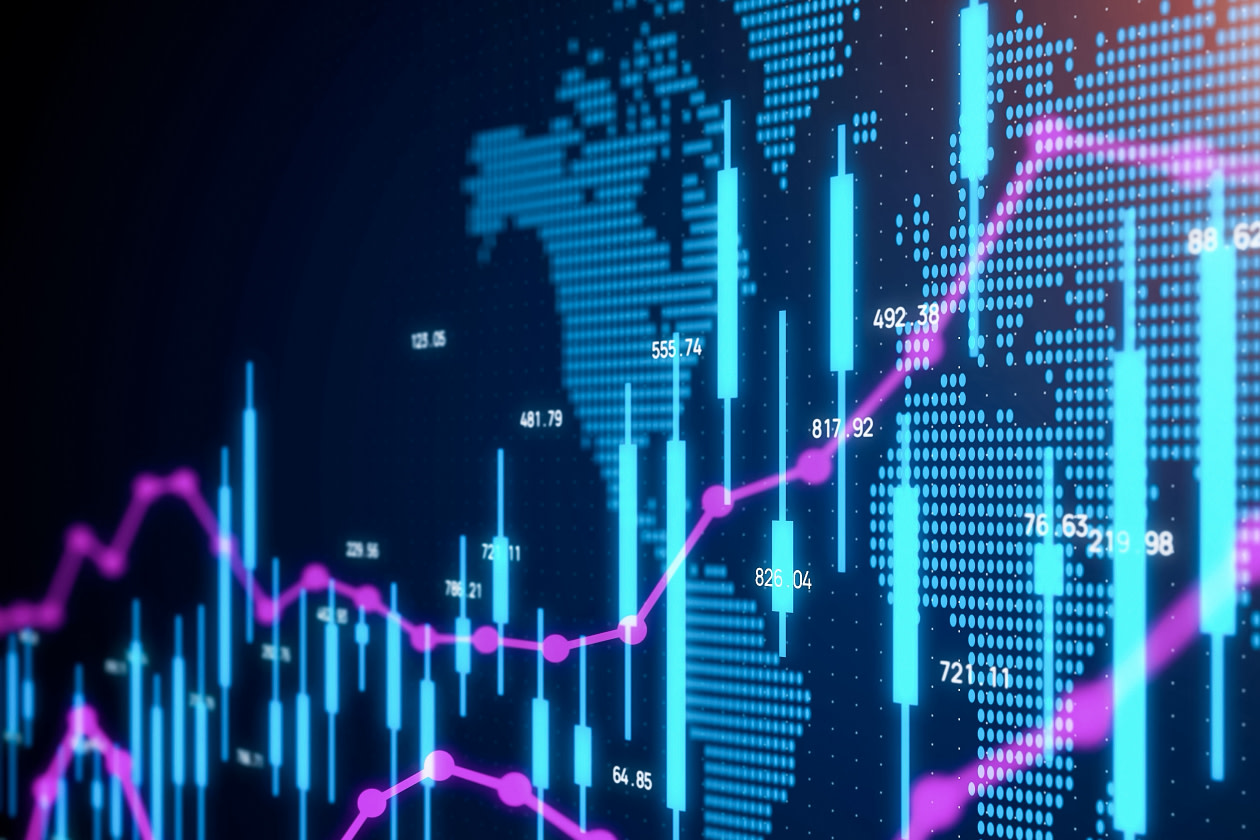Exploring Global ETFs: Accessing International Markets

Investing in Exchange Traded Funds (ETFs) has become a popular strategy for both novice and seasoned investors. ETFs offer the benefits of diversification, cost-efficiency, and flexibility. While domestic ETFs are widely known, Global ETFs open a window to international markets, providing investors with broader opportunities. This article delves into the world of Global ETFs, highlighting their advantages, risks, types, and strategies for choosing and investing in them.
What are Global ETFs?
ETFs are investment funds that are traded on stock exchanges, much like individual stocks. They aim to track the performance of a specific index, commodity, or asset. Global ETFs extend this concept by including international assets in their portfolios, allowing investors to gain exposure to markets outside their home country. This diversification can help mitigate the risks associated with investing in a single market and can also capitalise on growth opportunities across the globe. Check out for more info.
Advantages of Investing in Global ETFs
One of the primary benefits of Global ETFs is diversification. By spreading investments across various countries and regions, investors can reduce the impact of a downturn in any single market. This global approach helps in balancing the portfolio and managing risk more effectively.
Global ETFs provide access to emerging markets that are often characterised by high growth potential. Investing in these markets can offer significant returns, as these economies expand and develop. However, they also come with higher volatility, which needs to be considered.
Different countries lead in various sectors. For example, the United States is a hub for technology, Germany excels in manufacturing, and Japan is known for its automotive industry. Global ETFs enable investors to gain exposure to these leading sectors, thus enhancing the potential for returns.
Risks and Considerations
Investing internationally introduces additional risks, such as market volatility and geopolitical instability. Political events, economic policies, and social unrest can significantly impact the performance of international markets. Investors need to stay informed and be prepared for these fluctuations.
While currency diversification can be advantageous, it also poses a risk. Fluctuations in exchange rates can affect the returns on investments in Global ETFs. A strengthening home currency can erode the value of foreign investments, while a weakening home currency can enhance it.
Each country has its regulatory framework, which can impact investments. Differences in market regulations, tax policies, and financial reporting standards can create complexities. It’s essential to understand these regulations and how they affect investments in Global ETFs.
Types of Global ETFs
These ETFs invest in well-established economies with stable financial markets. Examples include ETFs that track the performance of markets in the United States, Canada, Western Europe, and Japan. They are generally considered lower risk compared to emerging market ETFs.
Emerging Market ETFs focus on developing economies with high growth potential, such as Brazil, India, China, and South Africa. These markets offer the possibility of high returns but come with increased volatility and risk.
Regional ETFs target specific geographic regions, such as Asia, Europe, or Latin America. They provide a middle ground between global diversification and single-country exposure, allowing investors to focus on regions they believe have growth potential.
How to Choose the Right Global ETF
Before investing, it’s crucial to determine your investment goals and risk tolerance. Are you looking for long-term growth, income, or a combination of both? How much risk are you willing to take? Understanding these factors will help you choose the right Global ETF that aligns with your financial objectives.
Examine the historical performance and track record of the ETF. While past performance is not indicative of future results, it can provide insights into the fund’s management and consistency. Look for ETFs with a history of stable returns and effective risk management.
Expense ratios and fees can significantly impact your returns. Compare the expense ratios of different Global ETFs and choose those with lower costs. Keep in mind that higher fees do not necessarily equate to better performance.
How to Invest in Global ETFs
To invest in Global ETFs, you need to have an investment account with a brokerage firm. Choose a brokerage that offers a wide range of ETFs, competitive fees, and robust research tools. Select a brokerage platform that meets your needs. Look for features such as ease of use, access to international markets, low trading fees, and comprehensive research resources. Popular brokerage platforms include Charles Schwab, Fidelity, and E*TRADE.
Once your account is set up, buying and selling ETFs is straightforward. Search for the ticker symbol of the ETF you want to invest in, enter the number of shares, and place your order. You can choose between market orders, which execute immediately at the current price, or limit orders, which execute only at a specified price.
Regularly review your portfolio to ensure it aligns with your investment goals. Stay informed about global market trends, economic indicators, and geopolitical events that could impact your investments. Rebalance your portfolio as needed to maintain your desired asset allocation.
Conclusion
Investing in Global ETFs provides a unique opportunity to diversify your portfolio and gain exposure to international markets. While there are risks involved, the potential rewards make it a compelling option for many investors. By understanding the benefits, risks, and strategies for choosing the right Global ETFs, you can make informed decisions and take advantage of the growth opportunities available in global markets.





